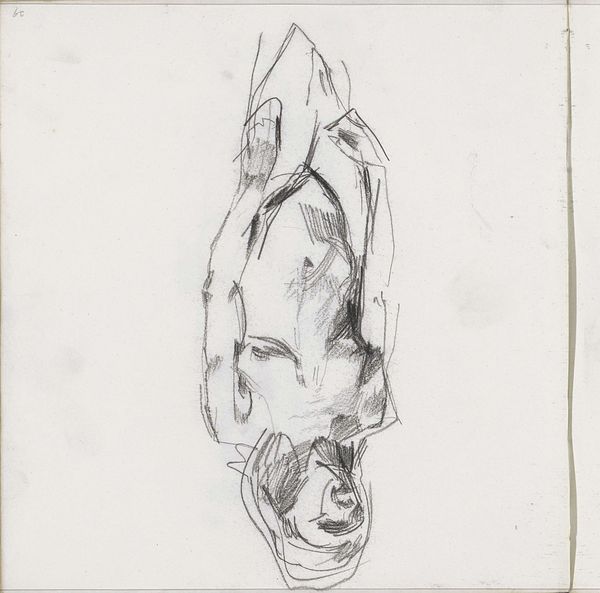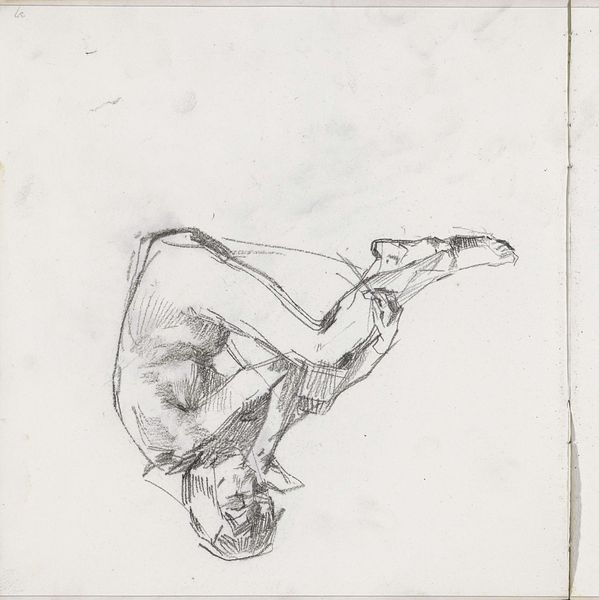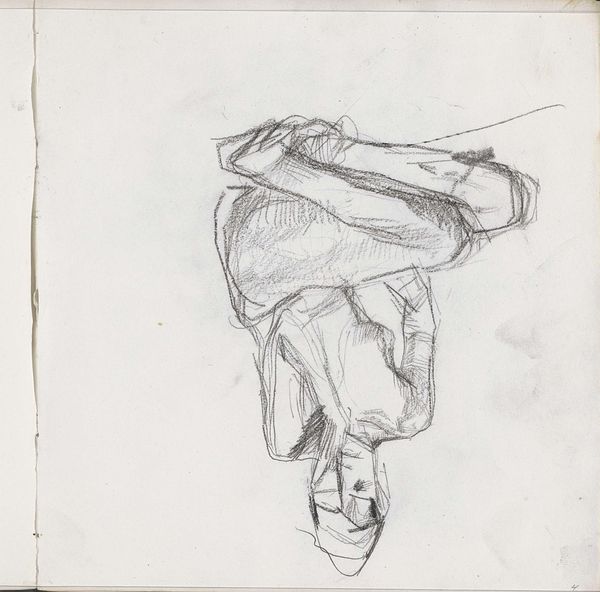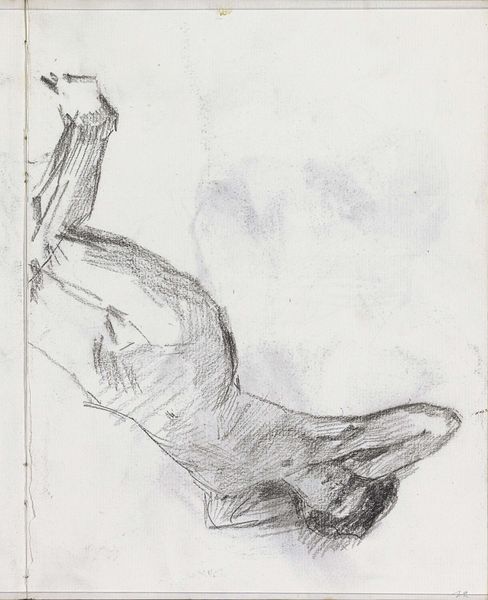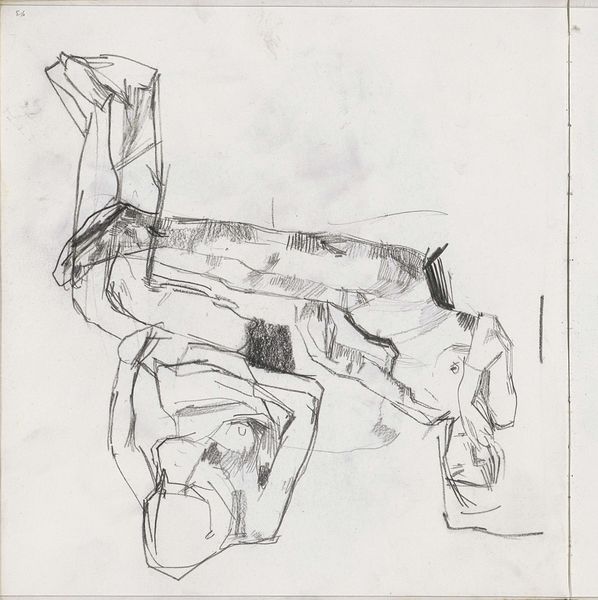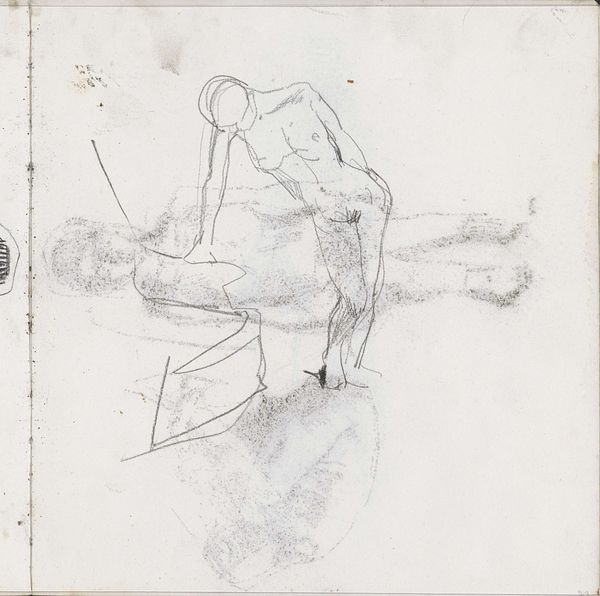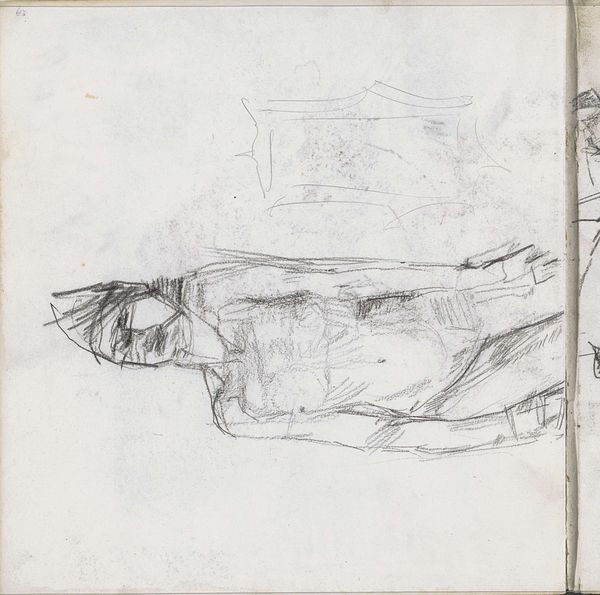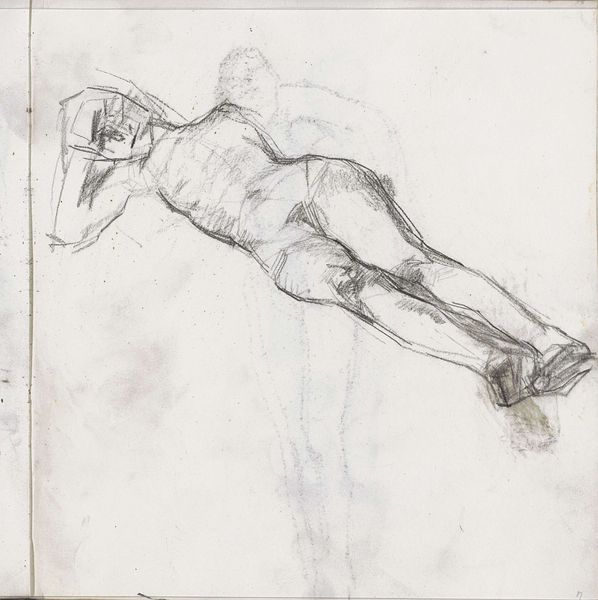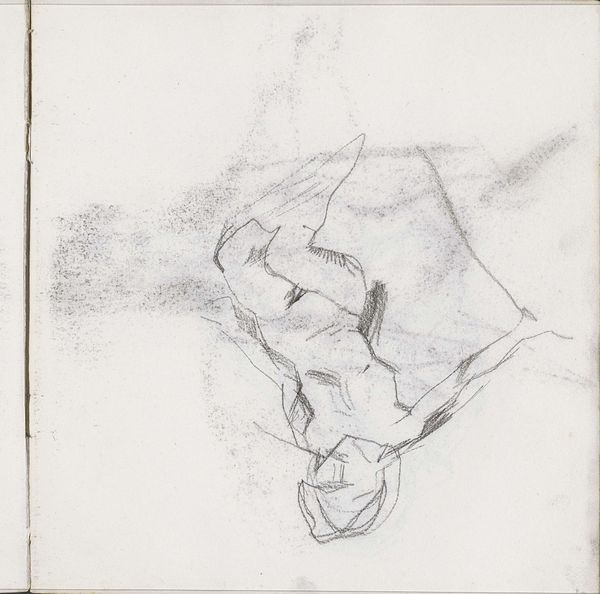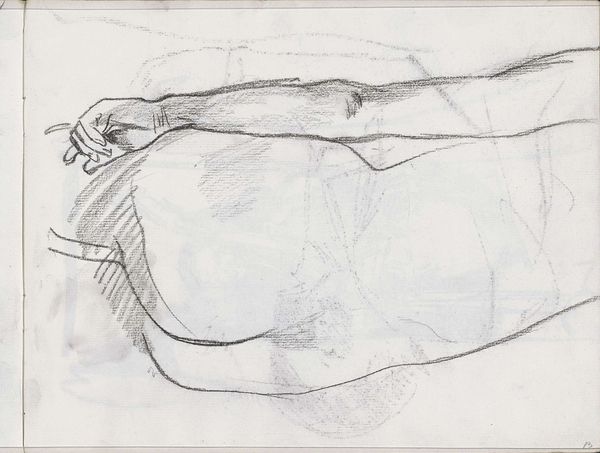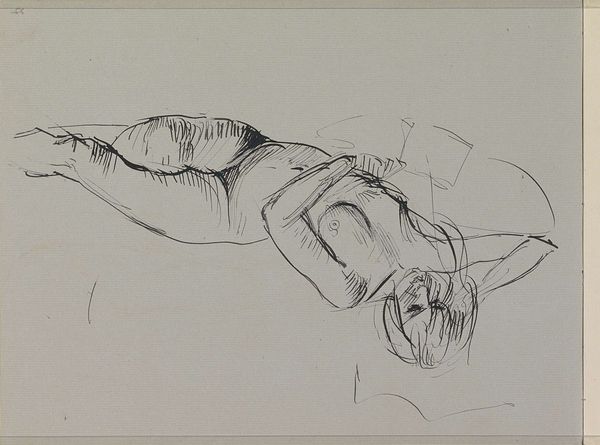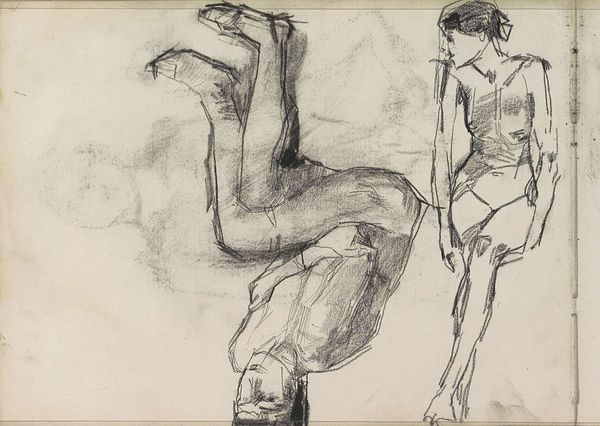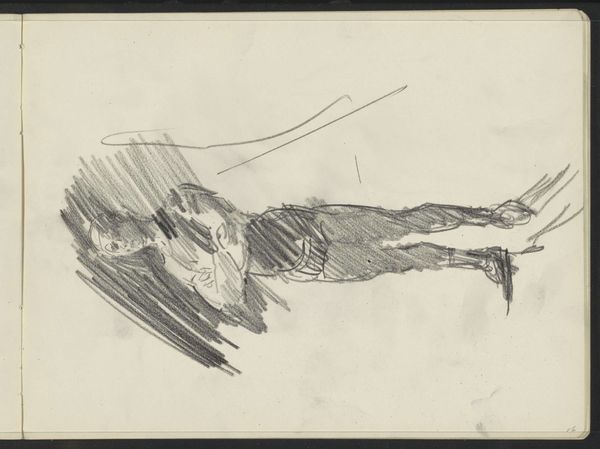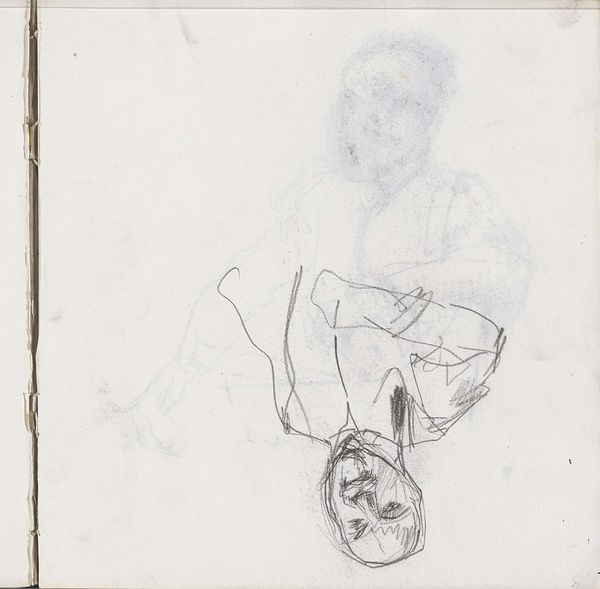
drawing, pencil
#
drawing
#
amateur sketch
#
light pencil work
#
pencil sketch
#
incomplete sketchy
#
figuration
#
personal sketchbook
#
ink drawing experimentation
#
pen-ink sketch
#
pencil
#
sketchbook drawing
#
nude
#
sketchbook art
#
realism
#
initial sketch
Copyright: Rijks Museum: Open Domain
Curator: Here we have Isaac Israels’s "Standing Female Nude," created sometime between 1875 and 1934, part of the Rijksmuseum collection. What strikes you initially about this work? Editor: The rapid, almost frantic lines. It’s a fleeting impression, an echo of a form rather than a fully realized image. There's a sense of vulnerability conveyed through the bareness and the sketch-like quality. Curator: Exactly. Given its medium—pencil on paper—it's fascinating to consider its place within Israels’s larger body of work. He was, of course, well-known as a painter. Does this sketch inform our understanding of his production and labor as an artist? Editor: Undeniably. The rough sketch reveals the underlying structure, the bare bones of representation. Look at how the pencil traces the curves and angles; it’s an exercise in pure form, line defining space and volume with remarkable economy. It highlights the basics of realistic artistic representation. Curator: But doesn't the sketchiness also invite us to consider the social conditions under which art like this was produced and consumed? The fleeting sketch versus a completed, and saleable painting… Editor: Of course, there is that, and one can observe this contrast purely through visual language too. See how Israels captures the fall of light on the model’s body using only subtle shading, adding depth without overwhelming the composition? The limited detail puts the focus entirely on form, less about the ‘who,’ and all about the ‘what’. Curator: We can look beyond just the “what,” I believe. Perhaps this rapid drawing reflects a tension between artistic freedom and the demands of the market during a time when ideas of "high art" were being renegotiated with the advent of new printing technologies for mass production? Editor: Maybe so. However, its strength is the distilled essence of observation, capturing a momentary glimpse and immortalizing it in line and shadow, it represents the purity of form and vision. It feels eternal. Curator: It's a fascinating point; to view this piece outside its production context denies us the insights the work provides regarding artistic choices. Editor: Perhaps, but appreciating its core elements first allows us to ask the relevant questions in the first place.
Comments
No comments
Be the first to comment and join the conversation on the ultimate creative platform.
